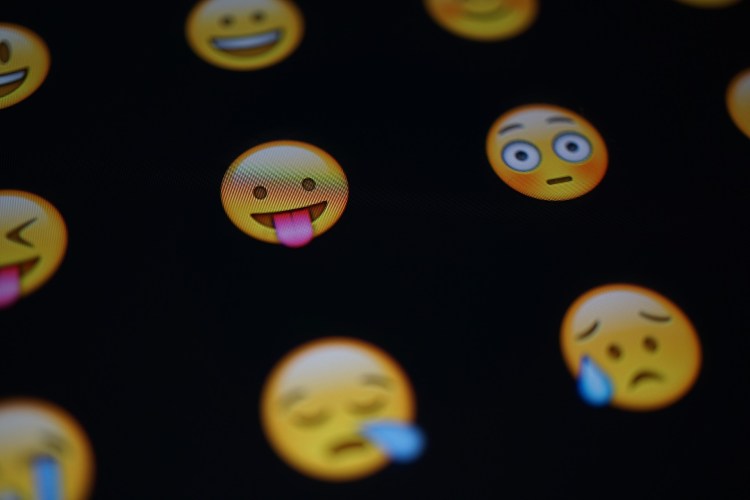I bet you read that headline and thought “Aren’t emojis and emoticons the same in every language?” Go on, admit it. That’s what went through your head.
Well, I’m here to tell you that a ![]() — taking Shakespeare’s lead — may still be a rose in other languages, but its meaning may well change depending on where you are and what you say around it.
— taking Shakespeare’s lead — may still be a rose in other languages, but its meaning may well change depending on where you are and what you say around it.
Today, Synthesio — the solution that helps teams listen to, analyze, and engage with consumer conversations across social and mainstream media — is announcing support for emoji and emoticon analysis in 17 different languages, along with a new analysis tool. But let’s focus on the emojis first.
So what are the differences as you move from language to language, and why is having the ability to listen for emojis and emoticons important anyway?
“The biggest difference with emoticons throughout the globe, especially in Western countries versus Asian countries, is about the characters used and their direction,” Matthew Zito, chief strategy officer at Synthesio told me. “For example, in Western countries, most of the faces are laid sideways, such as :-), and ;O. Westerners use mostly Latin characters.”
But it is a different story in Asia.
“In Asian countries, you’ll see characters used to express emotion,” Zito said. “For example, ‘crying face’ in Korean is ㅠ_ㅠ, or ^▽^ in Japanese. These are not ‘laid’ characters but rather are standing faces.”
One of the drivers of this form of pictorial conversation is the ubiquitous smartphone, but usage has quickly moved beyond mobile, and desktop apps continue to add emoji options as standard.
“Emoji certainly originated with the mobile phone as a way to quickly communicate a feeling or expression, but I think today it’s broadening beyond that to business chat applications like Slack and even traditional forms of digital communication like email,” Zito said. “In the future, I think some of the semantic differences that people perceive regarding certain emoji will disappear — that, by and large, populations of people will come to a consensus on the meaning of these icons, similar to how people have agreed on a definition of ‘a few’ or ‘a lot’.”
While emojis are more universal than emoticons, the language, words used, and sentiment that surround the emoji in a message will still affect perception.
“We are combining natural language processing (NLP) with emoji use,” Zito said. “We treat emoji as just another signal in the total discussion.”
In social listening, understanding when a prospective or current customer is happy, sad, or enraged with your product or service is important. In fact, listening to people on social media will give you an immediate competitive advantage. As I found in my study of social media tools and tactics, almost one-third of social media complaints are ignored by brands. That’s over 280 million unanswered complaints per year.
Synthesio’s new capabilities allow brands to capitalize on the popular usage of emoticons and emojis as forms of expression online. You can now react appropriately if someone thinks your product is ![]() or your service was
or your service was ![]() .
.
In concert with this announcement, Synthesio is also releasing Reveal, a drag-and-drop interface for raw social data that will allow users to build pivot table views on their data in moments, helping users to create their social data metrics and measurements. Being able to quickly slice and dice social data for your own needs is important, as social media marketing continues to fight an uphill battle when it comes to proving return on investment or gaining funding from executives who need hard numbers.
Reveal enables the creation of reports and tables using social data, and anyone can use it. While marketers and social media managers are becoming more technically adept, there is a need for easier analysis tools for those who don’t want to become proficient in, or even dabble in, data science. Synthesio Reveal is trying to fill that gap.
Both Synthesio Reveal and the support for emoji and emoticons across 17 languages within the existing Synthesio suite are available from today.
VentureBeat's mission is to be a digital town square for technical decision-makers to gain knowledge about transformative enterprise technology and transact. Learn More

